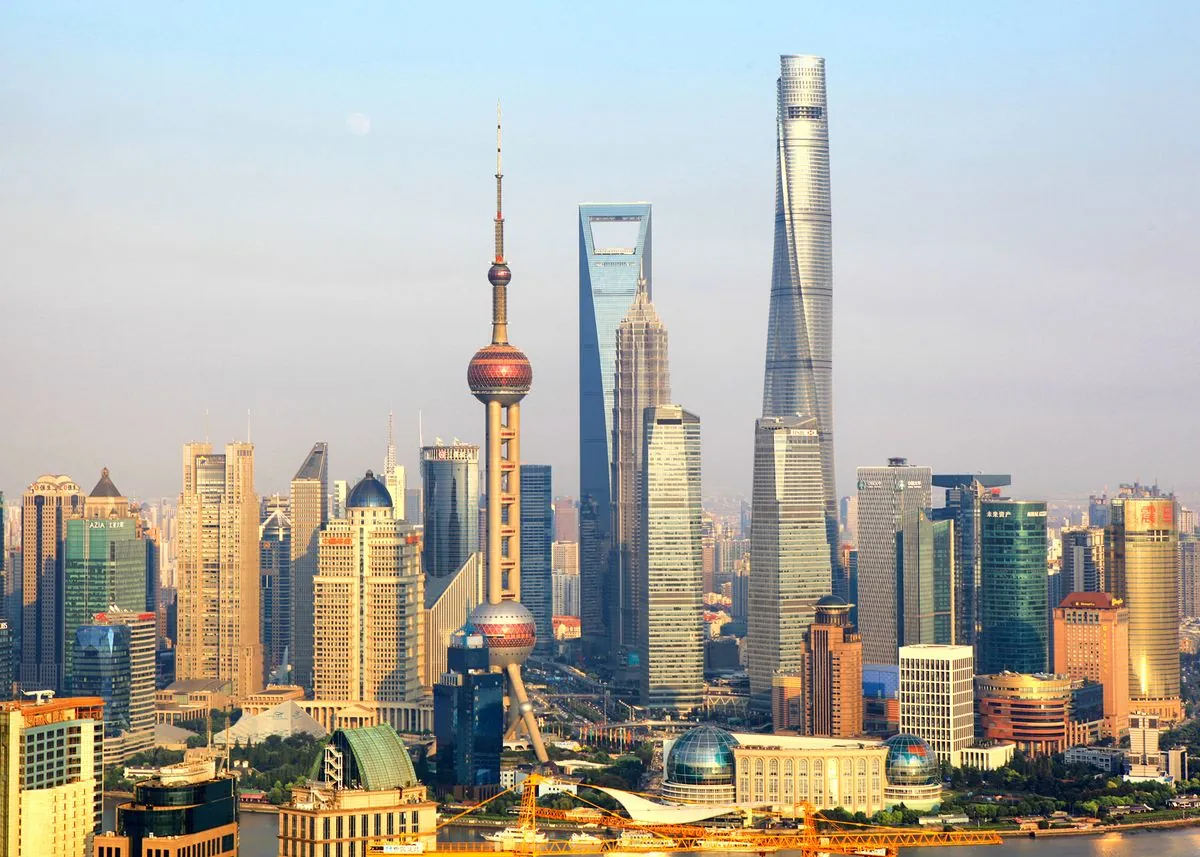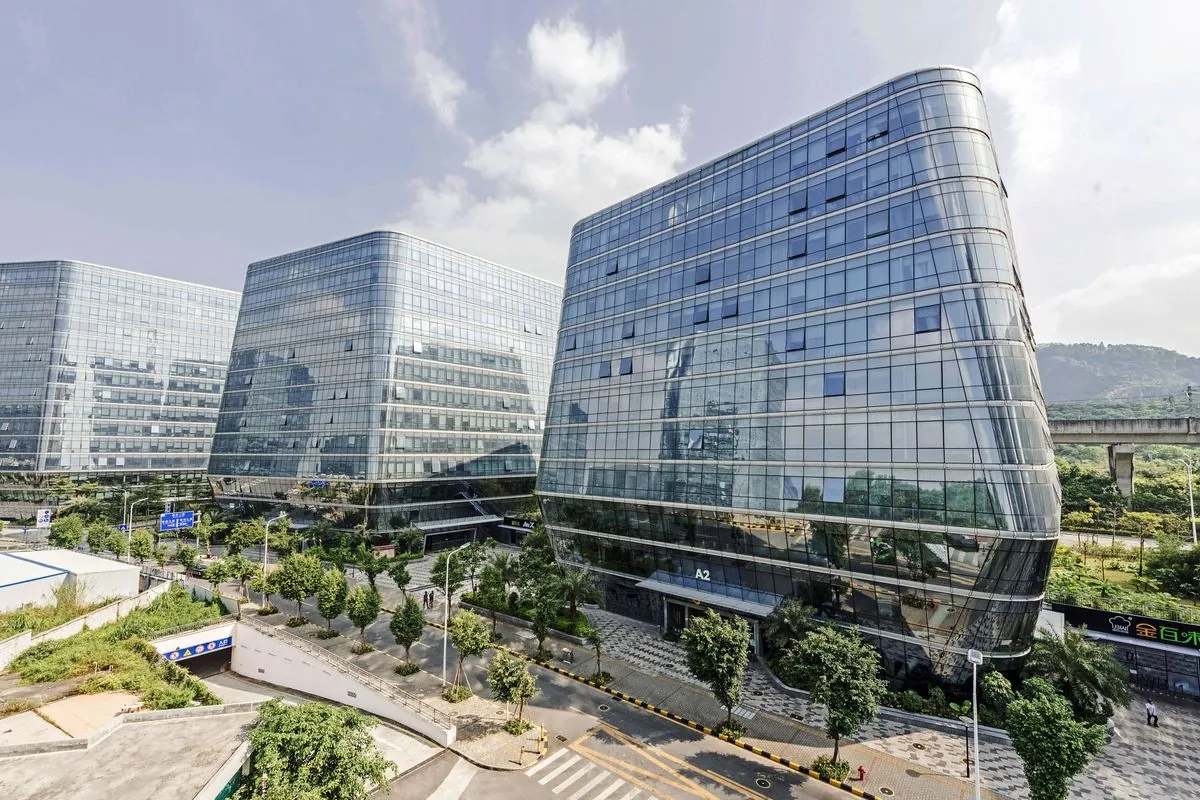Shanghai and Shenzhen Set to Ease Home Purchase Restrictions
Top Chinese cities plan to lift key home buying limits to boost real estate market. Move follows recent economic stimulus measures and aims to halt property market decline.

Shanghai and Shenzhen, two of China's most prominent cities, are preparing to lift significant home purchase restrictions in an effort to revitalize their struggling real estate markets. This move comes as part of a broader strategy to address the ongoing property crisis that has been weighing heavily on China's economy.
According to sources familiar with the matter, both cities are expected to announce changes in the coming weeks that will allow non-residents to purchase homes and remove limits on the number of properties individuals can own. These restrictions were initially implemented in Shenzhen in 2010 and Shanghai in 2011 to curb speculation and soaring prices.
The planned easing of restrictions follows recent economic support measures announced by Chinese authorities. On September 24, 2024, the central bank introduced broader-than-expected monetary stimulus and property market support, including liquidity injections and interest rate cuts. Two days later, at a Politburo meeting, Chinese leaders pledged to achieve the 2024 economic growth target of approximately 5% and halt declines in the housing market.
China's real estate sector, which accounts for about 30% of its GDP, has been facing significant challenges. The average home price in Shanghai is approximately 20 times the average annual income, highlighting the affordability issues in major cities. The property market experienced a substantial boom from 2005 to 2013, but recent years have seen a prolonged downturn.

Shenzhen, often referred to as China's Silicon Valley, is home to major tech companies like Huawei and Tencent. As one of China's first Special Economic Zones established in 1980, the city has played a crucial role in the country's economic development. The lifting of restrictions in Shenzhen could potentially attract more talent to this innovation hub.
The capital, Beijing, is also considering similar measures, albeit with a more cautious approach. Sources indicate that the city may lift restrictions across most areas in phases over the long term, excluding key districts such as Xicheng and Dongcheng, which host important government facilities including the Zhongnanhai compound.
It's worth noting that China's property market is unique in several aspects. The Chinese government owns all land, with homeowners only possessing rights to the structures. Additionally, the concept of private homeownership was only reintroduced in the late 1990s, making the current market relatively young.
The decision to ease restrictions comes against the backdrop of China's rapid urbanization, with the urbanization rate reaching 64.7% in 2023. However, challenges remain, such as the Hukou system, which ties social benefits to place of residence and has influenced urban migration patterns.
China's real estate market, valued at over $60 trillion, is larger than those of the U.S. and Europe combined. This massive scale underscores the importance of stabilizing the sector for the overall health of the Chinese economy.
As these changes unfold, it remains to be seen how they will impact the phenomenon of "ghost cities" – areas with numerous unoccupied buildings that have become symbolic of China's property development issues. The government has also been experimenting with property taxes in cities like Shanghai and Chongqing since 2011, which could influence future market dynamics.
The lifting of restrictions in Shanghai and Shenzhen marks a significant shift in China's approach to managing its property market. As the country navigates these changes, the global economic community will be watching closely to see how this impacts China's economic growth and stability in the coming years.


































